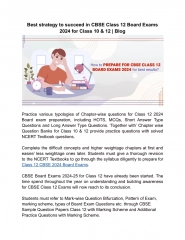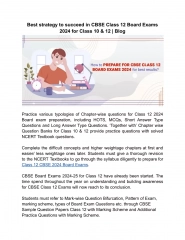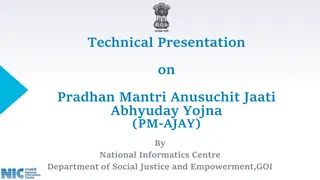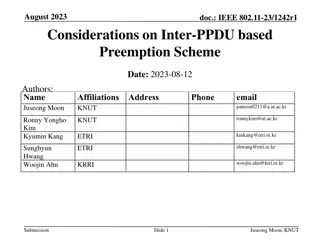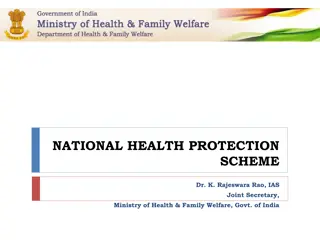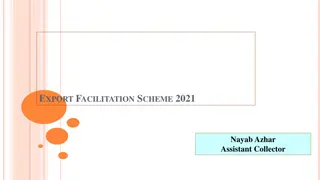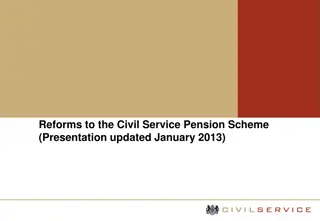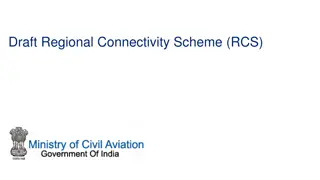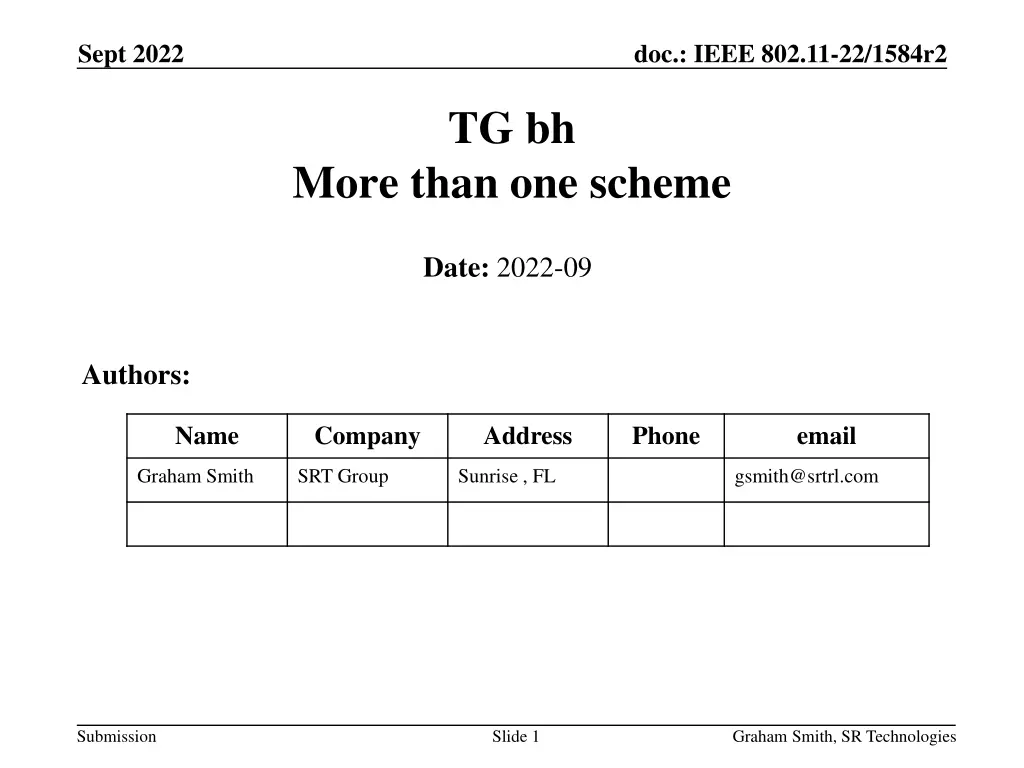
IEEE 802.11-22/1584r2 TGbh Schemes and Flexibility
Explore the proposed schemes in TGbh such as Device ID, MAAD, IRM, and RRCM, each with its own merits. Discover how these schemes can coexist without the need for a selection process. Delve into the importance of addressing various use cases and the flexibility in choosing different schemes based on needs. Embrace the concept of choice and the ability to combine schemes for a comprehensive solution in TGbh.
Download Presentation

Please find below an Image/Link to download the presentation.
The content on the website is provided AS IS for your information and personal use only. It may not be sold, licensed, or shared on other websites without obtaining consent from the author. If you encounter any issues during the download, it is possible that the publisher has removed the file from their server.
You are allowed to download the files provided on this website for personal or commercial use, subject to the condition that they are used lawfully. All files are the property of their respective owners.
The content on the website is provided AS IS for your information and personal use only. It may not be sold, licensed, or shared on other websites without obtaining consent from the author.
E N D
Presentation Transcript
Sept 2022 doc.: IEEE 802.11-22/1584r2 TG bh More than one scheme Date: 2022-09 Authors: Name Company Address Phone email Graham Smith SRT Group Sunrise , FL gsmith@srtrl.com Submission Slide 1 Graham Smith, SR Technologies
Sept 2022 doc.: IEEE 802.11-22/1584r2 Intro We have several proposed schemes in TGbh Namely: Device ID, MAAD, IRM, and RRCM Each scheme has merits Previous presentations have shown that all the schemes can coexist with no selection process required. 22/1650 discusses Privacy, Spoof, Clone, Use Cases, etc. Submission Slide 2 Graham Smith, SR Technologies
Sept 2022 doc.: IEEE 802.11-22/1584r2 Users and Network Operators need solutions to address their Use Cases Why do we want to restrict the solutions and not address as many use cases as we can? Privacy is NOT decreased by the pre-schemes (see 22/1650) The USE CASE APP in the network/AP should be able to choose the scheme that bests meets its needs. The USE CASE APP can use a combination of the schemes. New Use Cases may arise in the future A non-AP STA can also decide which schemes it wants to support: Device ID, MAAD, and IRM require no computations RRCM requires minor computations IRMA requires computations Submission Slide 3 Graham Smith, SR Technologies
Sept 2022 doc.: IEEE 802.11-22/1584r2 Flexibility Why not include MAAD, IRM and RRCM as well as Device ID? Or support Device ID and IRMA AP allocates the address with MAAD STA allocates the address with IRM and RRCM AP or STA could be selected for IRMA Case could be made for any combination They can all co-exist. Separate KDEs Text exists for all combinations (or can be produced very quickly once a decision is reached) Each scheme can have its own subclause, and none depends on another. Submission Slide 4 Graham Smith, SR Technologies
Sept 2022 doc.: IEEE 802.11-22/1584r2 Complete TGbh The market can decide or in practice the APP can use what suits it best. Why restrict it? Taking this approach will enable TGbh to be brought to a swift conclusion. What s wrong with choice? Submission Slide 5 Graham Smith, SR Technologies
Sept 2022 doc.: IEEE 802.11-22/1584r2 Choice Pre-schemes meet all Use Cases At least one pre-scheme should be included Choice, in addition to Device ID use: simple scheme MAAD or IRM RRCM which involves some computations IRMA which involves computations Option is to choose combinations Submission Slide 6 Graham Smith, SR Technologies
Sept 2022 doc.: IEEE 802.11-22/1584r2 Straw Poll or Motion The TGbh Draft should include the following schemes: A. Device ID, MAAD, and RRCM B. Device ID, MAAD, and IRM C. Device ID and MAAD D. Device ID, MAAD, IRM and RRCM E. Device ID only F. Other? Take each separately. Submission Slide 7 Graham Smith, SR Technologies

